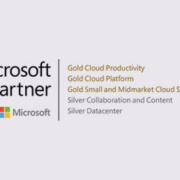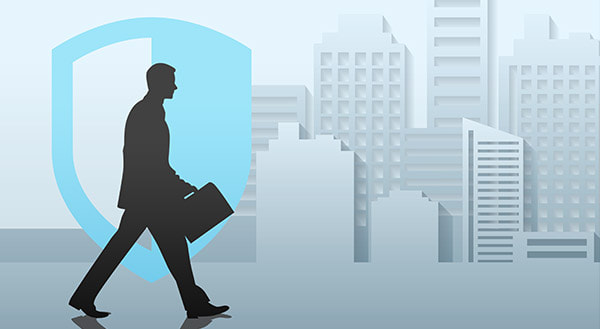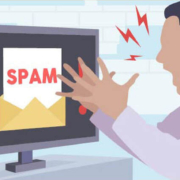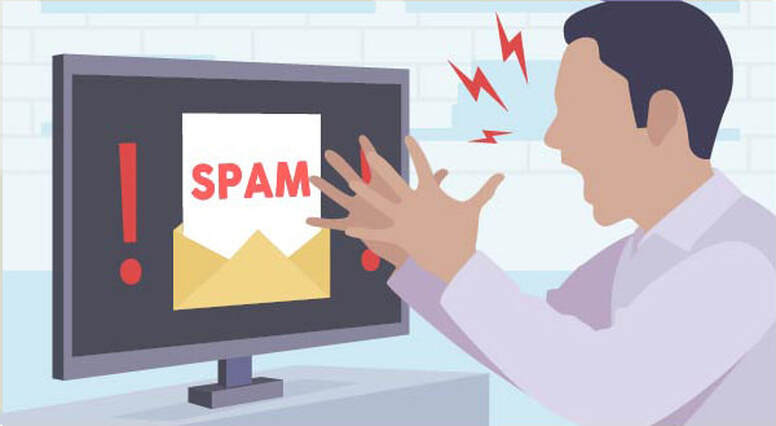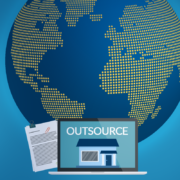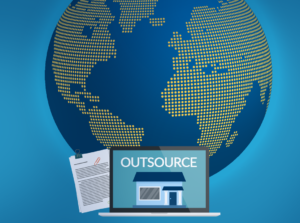
We are facing another coronavirus pandemic, a second wave. For business, this means revisiting business continuity plans and work-from-home protocols.
There’s a sequel no one had any interest in seeing open this fall – COVID: The Second Wave. Despite lack of interest, we are facing another coronavirus pandemic. For business, this means revisiting business continuity plans.
Many states started to lift restrictions in an attempt to return to “normal” during the summer. Yet most experts predicted things would get bad again later this year. You still have time to recalibrate your business continuity planning (BCP) this fall and prepare for the winter.
Maybe your business had a plan in place in the spring. Decision-makers laid out actions to take in the event of fire, flood, or devastating data breach. The plan didn’t envision quarantine, but the planning worked well enough to keep your teams going.
Or you might have been scrambling to get up and running quickly in the midst of a global lockdown. Still, after initial business disruption, you were able to get back to business (if not quite as usual).
Now, looking ahead, we’re seeing a second bout of sheltering-in-place coming soon. Take stock today to prepare for another bout of the virus disrupting business.
What Worked In Your Previous COVID Response?
BCP predicts various types of crises and strategizes what to do when things go wrong. If you did business continuity planning in advance, you weighed options and decided on the best attack without stress and urgency. Those reacting in the moment to mandates to shut down probably took more of a “this is the best we can do” approach.
Either way, let’s hope your business found some approaches and had positive results. Perhaps moving to cloud-based virtual desktop services smoothed the transition to remote work or installing a virtual private network (VPN) to secure off-site access paid off.
Identify all the strategies that were successful in the spring and summer. If adopted as short-term solutions, you may want to explore their value long-term. Perhaps you contracted with a vendor for a temporary solution that worked well, this could cost less if you renegotiate for a longer duration. Perhaps something you tried with one team can roll out company-wide to prepare for a second period of work from home.
What Needs Help With This COVID Response?
Did you find any shortfalls that slowed work from home? What tech difficulties did your people face? Identify the problem areas, and look for solutions now.
Maybe you had employees working from home on corporate laptops or personal devices. They could be going back to the laundry room home office now. Is a laptop or home computer still the technology you want them using?
Were there issues with employees lacking bandwidth to get the job done? Was logging in difficult because your system only handles 25% of employees at a given time? You need a different level of service to support everybody at one time!
Maybe certain departments were able to adjust swiftly but others struggled. Identify tech challenges, and find solutions to remove friction if we do #WFH again.
Make Changes To Your COVID Response Now
Updating your business continuity plan is prudent, so make the moves now to prepare. Do it while businesses are open and able to do on-site visits in some capacity. An IT partner can often work remotely, but many tasks are more efficient on-site.
The first wave of COVID-19 taught us valuable lessons; don’t be caught off guard twice.
Your people might have been more productive with remote tech, so set up the systems to secure and support a long-term remote work solution.
Partner with a technology expert like Sovran to review your needs and set you up for future success. Contact us today at (651) 686-0515 or fill out a contact form!
 Traci Leffner, President of Sovran, noted the importance of cloud: “We know how critical Microsoft Azure is to our client’s business needs, so we make ongoing training a priority. I’m proud of our team and what we continue to accomplish.”
Traci Leffner, President of Sovran, noted the importance of cloud: “We know how critical Microsoft Azure is to our client’s business needs, so we make ongoing training a priority. I’m proud of our team and what we continue to accomplish.” Shonn Twight, virtual Chief Information Officer (vCIO) at Sovran, says clients will directly benefit from the new skills learned and information available from Microsoft. “Azure cloud services are integral for so many businesses in the Twin Cities today. Having the ‘Gold Cloud Platform’ certification gives us access to even more specialized training and additional support to serve clients better.”
Shonn Twight, virtual Chief Information Officer (vCIO) at Sovran, says clients will directly benefit from the new skills learned and information available from Microsoft. “Azure cloud services are integral for so many businesses in the Twin Cities today. Having the ‘Gold Cloud Platform’ certification gives us access to even more specialized training and additional support to serve clients better.” Sovran, Inc. is a full-service IT project solutions provider and managed services provider for the Twin Cities and Upper Midwest. Based in Eagan, Minnesota, our services include cloud migration, virtualization, hosted networks, disaster recovery, networking, security solutions, storage, infrastructure assessment, remote work, and more. Sovran has been a Microsoft Partner since 1993, with Gold Cloud Platform, Gold Cloud Productivity, and many Silver certifications.
Sovran, Inc. is a full-service IT project solutions provider and managed services provider for the Twin Cities and Upper Midwest. Based in Eagan, Minnesota, our services include cloud migration, virtualization, hosted networks, disaster recovery, networking, security solutions, storage, infrastructure assessment, remote work, and more. Sovran has been a Microsoft Partner since 1993, with Gold Cloud Platform, Gold Cloud Productivity, and many Silver certifications.
